by Rachel DeMille
Beginning Again
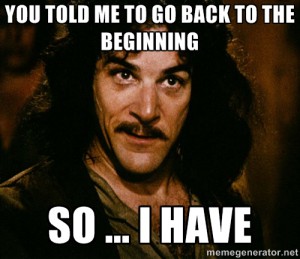 A favorite movie has a scene where one of the characters has lost his way, and, following the counsel of a trusted advisor, he goes “back to the beginning.” It is there, he knows, that he will find his guide again and get new direction for what is to come next.
A favorite movie has a scene where one of the characters has lost his way, and, following the counsel of a trusted advisor, he goes “back to the beginning.” It is there, he knows, that he will find his guide again and get new direction for what is to come next.
I love January! Energy is so high all around me, in almost everyone, to recommit to good goals, to abandon habits and ideals that no longer serve us, and to follow a path of higher achievement. We go, each in our individual way, and together in spirit, “back to the beginning.”
Some time ago I blogged about a personal retreat that I did to help me reorient myself as I went back to the beginning for clarity, motivation and direction.
Because a couple of you asked, I’ll share some brief notes on:
How I conducted my Personal Retreat….
 I got the notion a couple of days ago that it was time for a Retreat.
I got the notion a couple of days ago that it was time for a Retreat.
As you might know, in our book, The Phases of Learning, we describe 55 Ingredients for a home that fosters optimal development, self-education, family unity, preparation for a productive life, and happiness.
Some of the most important of those are:
- The Six-month “No”
- The Six-month “Purge”
- The Six-month “Inventory”
The “No” consists of considering all your time commitments, both inside and outside of the home, and prioritizing them–including kicking a bunch of them off your to-do list.
You just say “No” to them.
It often helps to have a sounding board (a spouse or friend, who’s not so emotionally involved in the projects you consider you have no choice but to do), because they can help you reconsider the ones you’re holding on to that you shouldn’t.
The “Purge” is just like the “No,” except that in place of prioritizing your time, you’re prioritizing your space, so to speak.
You go through your home and/or office and simply get rid of the things that don’t have an adequate ROI (return on investment), meaning they aren’t worth the time and effort of keeping them in good repair, constantly putting them in their place, or constantly trying to find a place for them–or they simply don’t serve a significant purpose in helping you achieve your values and goals.
In lay-man’s terms: Haul a couple of boxes to the dump and a whole bunch more to donate to charity.
Anything’s fair game–clothes, toys, books, pots and pans, videos, computers, cars…you get the picture.
The “Inventory” is the time you take to consider your stewardships, or the “hats” you wear.
This one is hopefully a little bit streamlined with the “No,” as you have let go of a few that you thought you couldn’t, but found the power to do.
This process is described in detail in the book linked above.
I found that by putting my relationships in a sequential order it helped me to get clarity on how to proceed:
- God
- Me
- Wife
- Mother
- Friend
- Teacher
- Homemaker
- Business Owner
Once I had this list I then listed out the activities that I felt were meaningful for each relationship, and then I considered how an ideal week might look that had these activities accounted for.
It was a sort of backwards way to do a “No,” and I found that my difficulty right now in my life was not that I had commitments or activities that didn’t belong on my list, but that I wasn’t approaching my roles in priority order.
I needed to tame some “urgent” things and subordinate them to “important” things.
That right there brought me such peace and optimism for my coming days.
After the “No” I proceeded to the Inventory.
I listed each member of my family that I mentor and then let the thoughts flow on what I needed to do to be more inspirational, to meet their needs as a mother and educator, and how to get out of their way so they could be effective self-educators.
For some it was a list of three simple things; others was a more elaborate process that sort of helped me define my role, my optimal interactions with each, and what boundaries I needed to keep within in order to facilitate their success.
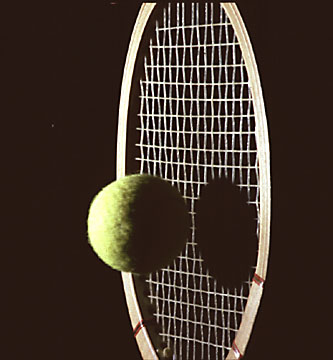 Note: This is not a “To-Do” list for the child, but for me. Sometimes (usually) less is more, and knowing what the “sweet spot” is for each child is a great feeling.
Note: This is not a “To-Do” list for the child, but for me. Sometimes (usually) less is more, and knowing what the “sweet spot” is for each child is a great feeling.
Now I have a plan (involving large trash sacks and leftover boxes from Christmas) to purge three remaining spots in my home that tend to be my time-wasters and order-spoilers.
In one case, I’m going to gather up all the extra in a particular child’s room.
Then I will them go to the closet, shelves and drawers to take out anything that’s not perfect for them.
Then they will be able to go through the stuff I stole off the floor and retrieve the things that both suit them perfectly and have a place in their room. Everything else is now somebody else’s (read: dump or thrift store).
One thing we’ve learned is that if it’s junk, empty space is better.
If they’re too short, holey or stained, not having any extra jeans is better.
Because before you know it the Universe takes note of that vacancy, and the sense of abundance that created it (meaning you’re not fearful or “scarcity-minded,” causing you to hoard things that are not good for you–and you believe that you’ll be fine without them), and in no time at all, good things replace the junky ones.
I love the peace, the breathing-space, the head space that comes from all this purging. And it leaves me with “the right kind of vacuum,” meaning that I have more time and space for creativity, quality time, attracting new opportunities, etc.
I hope this helps, and I encourage you to share your own ideas for a successful Personal Retreat in the comments!
xoxo rd



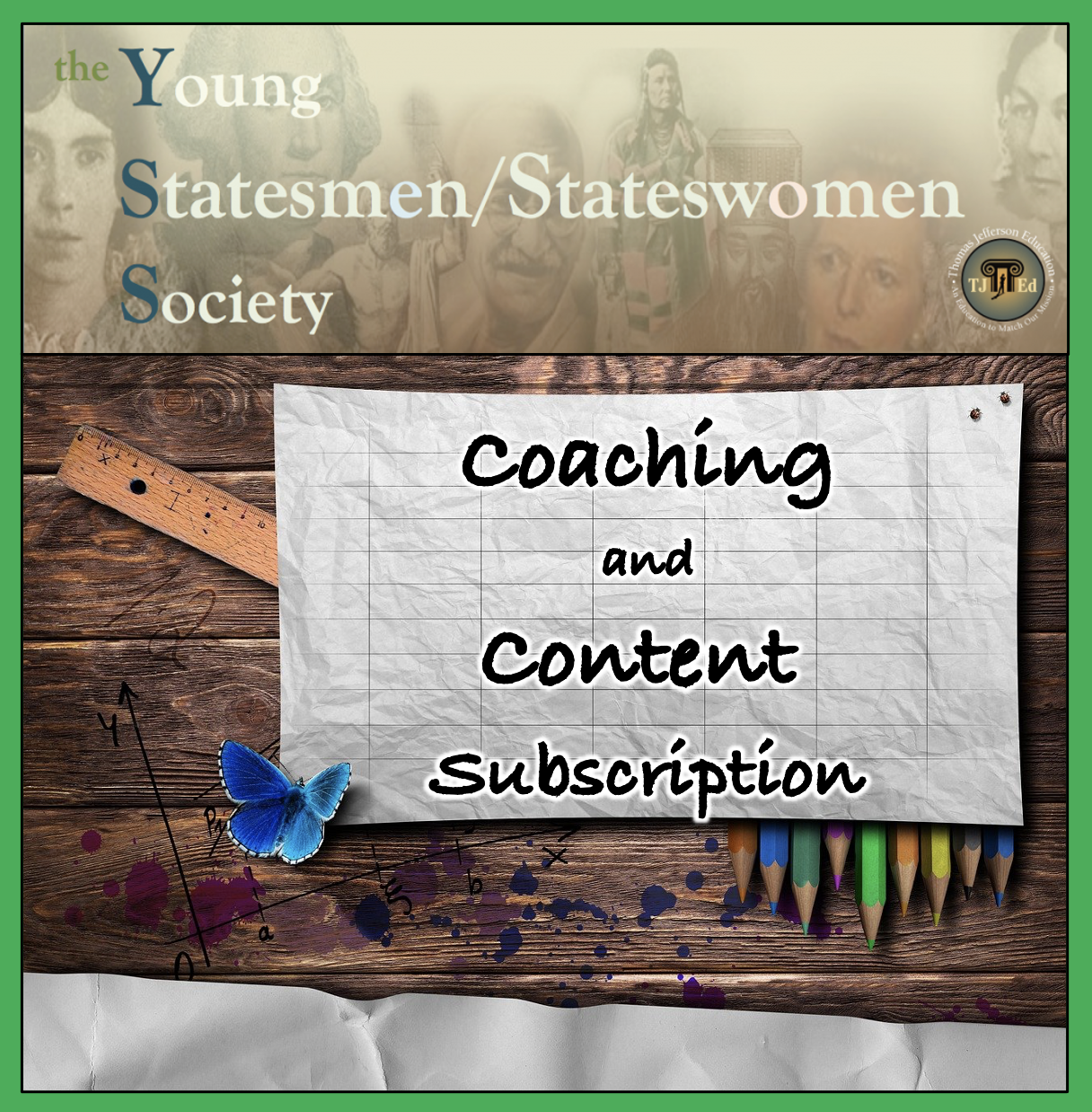
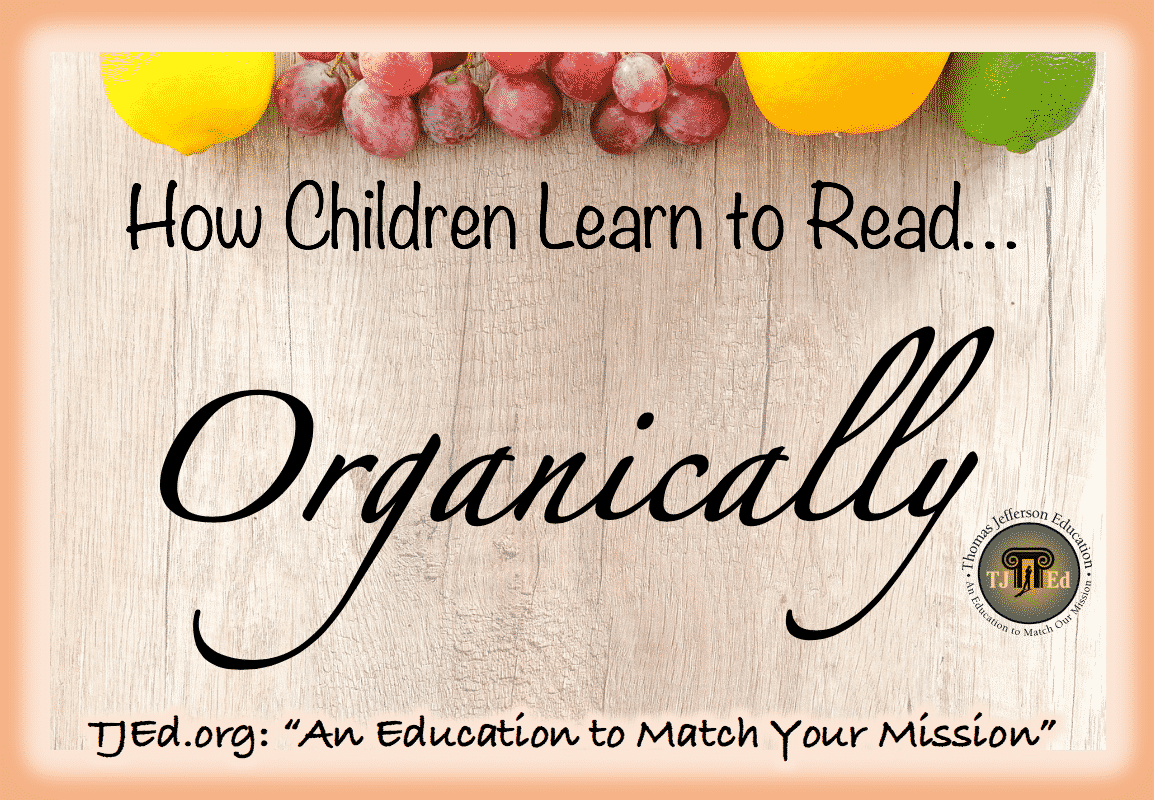




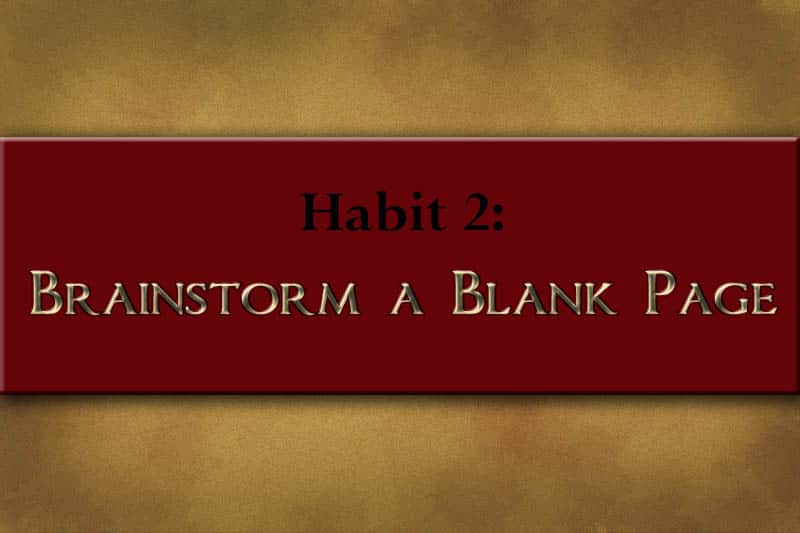



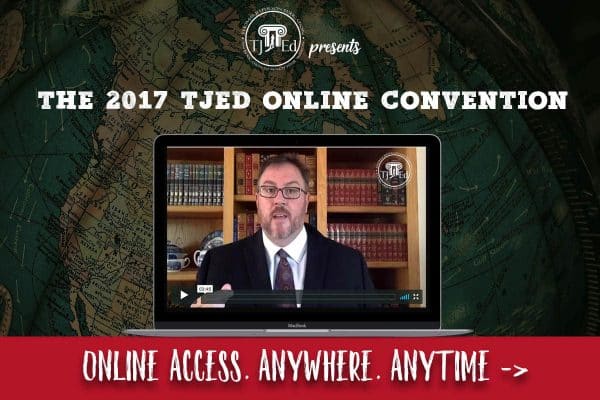

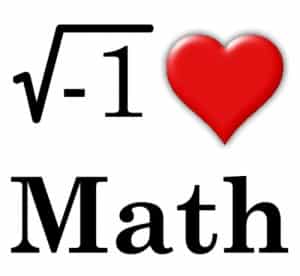


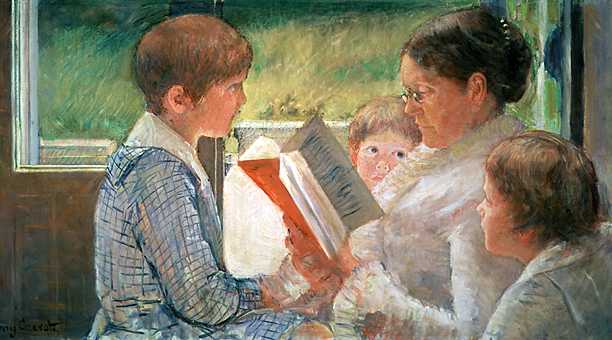

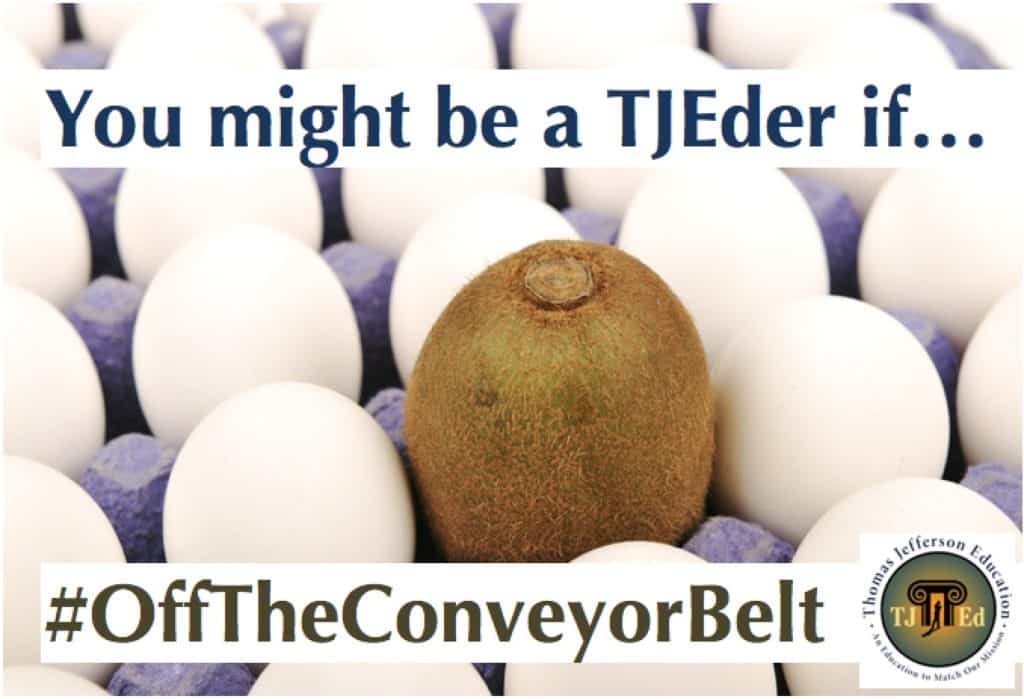


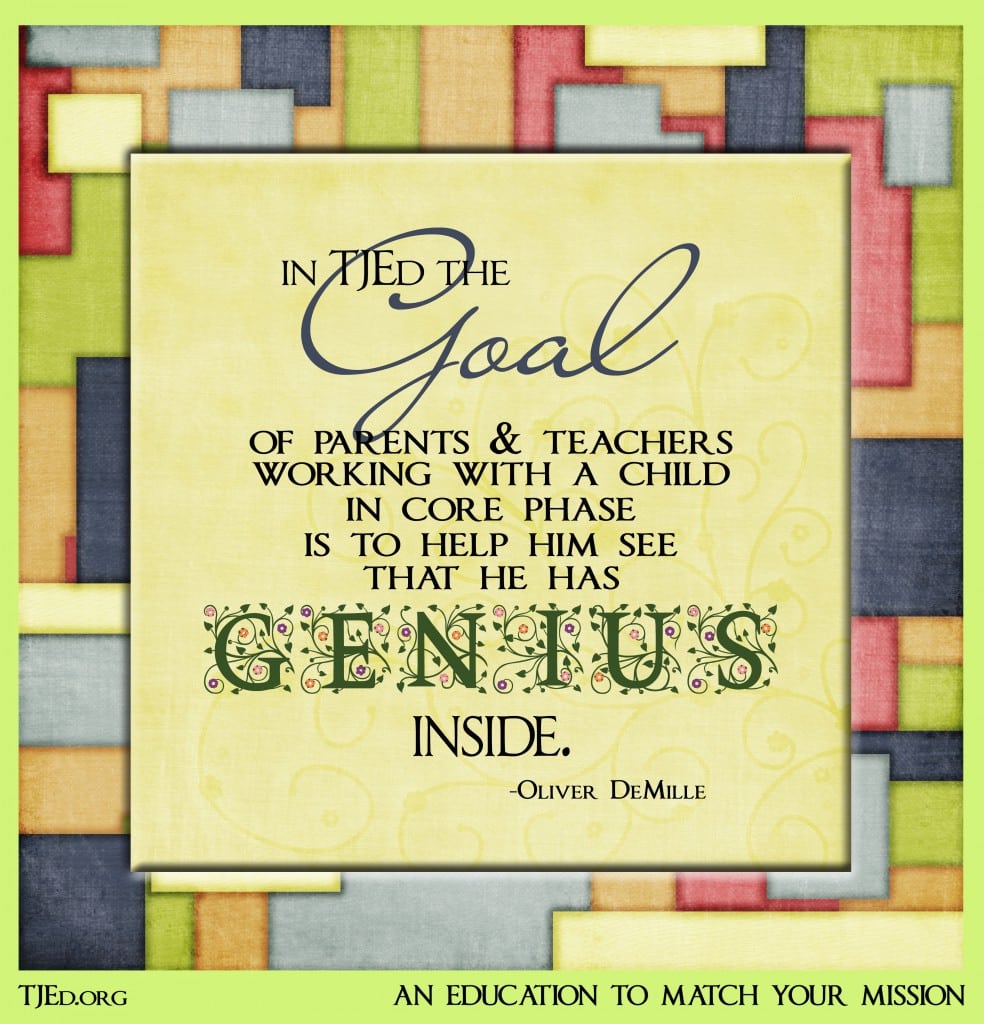



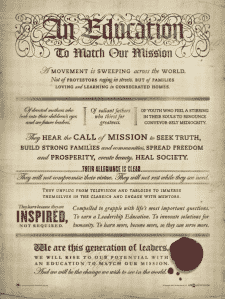



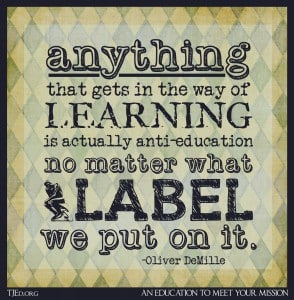
Just the thing I needed to hear. These questions and ideas have been rattling around in my head for the past few weeks. Time to “refresh” my life… what to start with? I think the principle of ordering my relationships/priorities was the piece I was missing. Thanks! I see exactly what has been tripping me up for the past year. I am rejoicing!
I’m so happy to see you blogging regularly now, Rachel, as TJEd has been a huge inspiration in our home and family and I enjoy sharing about it as I blog as well.
It’s helpful to be able to peek inside your day-to-day and find out more! So thanks for sharing.
Thanks, Janet! It’s great to know that my personal meanderings hit the mark for others. I do enjoy hearing about you in my alter-ego life that might have been. We really are on parallel paths, it seems!
xoxo rd
Jamie,
Thanks for your vote of encouragement! Yes, it’s been a long time coming. I actually have been writing, but only recently got a decent website so that people could actually find my stuff. You’ve been a great example and a mentor on how to make it happen. I really appreciate the support you voice for TJEd. Please let me know if there’s anything I can do to be a blessing to you. And I have an open door and a ready ear if you have any suggestions for me on how to leverage my impact and ability to serve the needs of those interested in what we have. Please share liberally if you have thoughts on how I might improve.
xoxo rd
You are so right, I have already gone through some things but need to suck it up and do some more purging. I even have my F-I-L here this week doing dump runs, I should just through some more in 🙂 Thanks for helping to motivate
Thanks for the great reminder, Rachel! Just what I needed this week as we ring in a fresh new year! xoxo
Rachel,
Thank you, once again! I feel this sense camaraderie about home schooling with you and your followers. It brings me peace to hear how you do things and hear your readers comments. I feel affirmed and energized by knowing you! Thanks for blogging. It is such a service to others. You are a blessing in my life.
Sincerely,
Ali
Thanks, Ali! I hope you’re connecting with the other commenters on one of the great Forums you’ll find here: https://tjed.org/contact/. TJEd MUSE and TJEd Facebook Discussion Group are both really active and just fabulous. See you there!!
Fantastic post Rachel, thank you! First, your priority list was really useful. Next, we are purging too. Just this morning my daughter (5, nearly 6) and I were clearing the excess out of her room, and we both really enjoyed it. She has started to develop some good judgment in which things serve her and have enduring value, and this has totally emerged since the last time we did a purge. I thought it was interesting that you mentioned the law of attraction too. My husband and I have two specific things we want to work toward and have been focusing on utilizing this to see what happens in the next 30 days.
ROI–brilliant. how simple just that little phrase can make the purge! thanks for turning on the light.
Inspirational article, Rachel. Thank you. Where do I find your blog? You’re meaning something different than The Weekly Mentor, aren’t you, or is this it? I’m blogging these days myself, at catcharissage.com. Many blessings to you and yours.
My Personal Retreat. One closet at a time. One drawer. One shelf. January is my time to find my home again after the Christmas festivities and decor. All I want are clean lines and open spaces. Re-arranging the couches was a God-send this month. I felt a zing of freedom when I declined a field trip and Valentine’s party. As the “no, but thanks for inviting us” escaped my lips, my heart was floating and free. Certainly those events would not be a burden – probably they will be very, very enjoyable – but this momma heart just needed to not be scheduled two more days. One more personal retreat – clearing a book shelf just for my want-to-read books in 2015. Everyday as I pass that shelf, I will remember the way I feel now; hopeful, peaceful, centered.
Great reminders, thank you! And thank you for being a mentor to me on my homeschool journey for many years. You truly inspire me among the thousands of others.